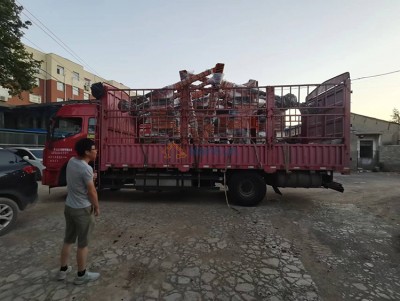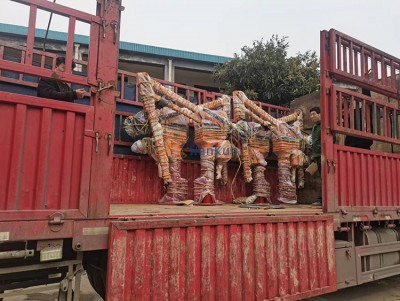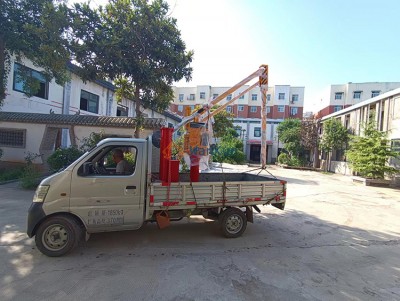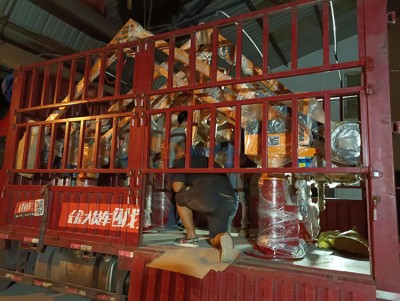The working principle of the balance crane
Pneumatic balance crane is a pneumatic handling equipment that uses the gravity of heavy objects and the pressure in the cylinder to achieve balance to lift or drop heavy objects. Generally, a pneumatic balance crane will have two equilibrium points, which are heavy load balance and no-load balance. Heavy load balance is the balance state when there is a heavy object on the balance crane, and no-load balance is the balance state when there is no load on the balance crane. In either state of equilibrium, the grip is at rest, where it is possible to lift or lower the weight or grip with only a small force. Using this principle of pneumatic balance crane can improve the working efficiency and reduce the labor intensity of workers. And the pneumatic balance crane has simple structure, few components, low cost, and can be used in harsh working conditions.
The core component of pneumatic balance crane is a large flow, large emission, high precision pneumatic control pressure reducing valve, the pressure reducing valve is directly related to the positioning accuracy of the heavy object, the external force required when moving the heavy object, the speed of moving the heavy object.
The inlet pressure of the two pilot pressure reducing valves is taken from the main road, which are respectively used as the pilot valves for heavy-duty balance and no-load balance. The two pilot gases are fed into the two-position three-way reversing valve, which is used to switch the heavy-duty balance and no-load balance. After the reversing valve, the pilot gas into the air-controlled pressure reducing valve, air-controlled pressure reducing valve outlet pressure and the corresponding pilot pressure is equal. The gas in the main road passes through the air control pressure reducing valve after decompression into the cylinder, and the piston rises after the gas is filled into the cylinder, so as to pull up the heavy object.
Heavy load equilibrium is reached when the heavy load is at rest after being lifted, and only a small external force is required to break the balance so that the heavy load can be easily lifted or lowered. In the past, pull down the weight to break the balance for example, when the use of external force to pull down, the cylinder piston moves down, then the cylinder pressure rises, more than the set pressure (this set pressure is the balance of the pressure), the excess pressure will be discharged from the gas control valve discharge port. The result of such a process is that the piston (the weight) drops to a certain position and remains stationary, and the pressure in the cylinder returns to its previous equilibrium pressure. On the contrary, lifting heavy objects to break the pressure balance in the cylinder is the same truth, but one is the reverse flow of gas (from the cylinder to the exhaust port of the air-controlled pressure reducing valve), and the other is the forward flow (the air-controlled pressure reducing valve to the cylinder).





